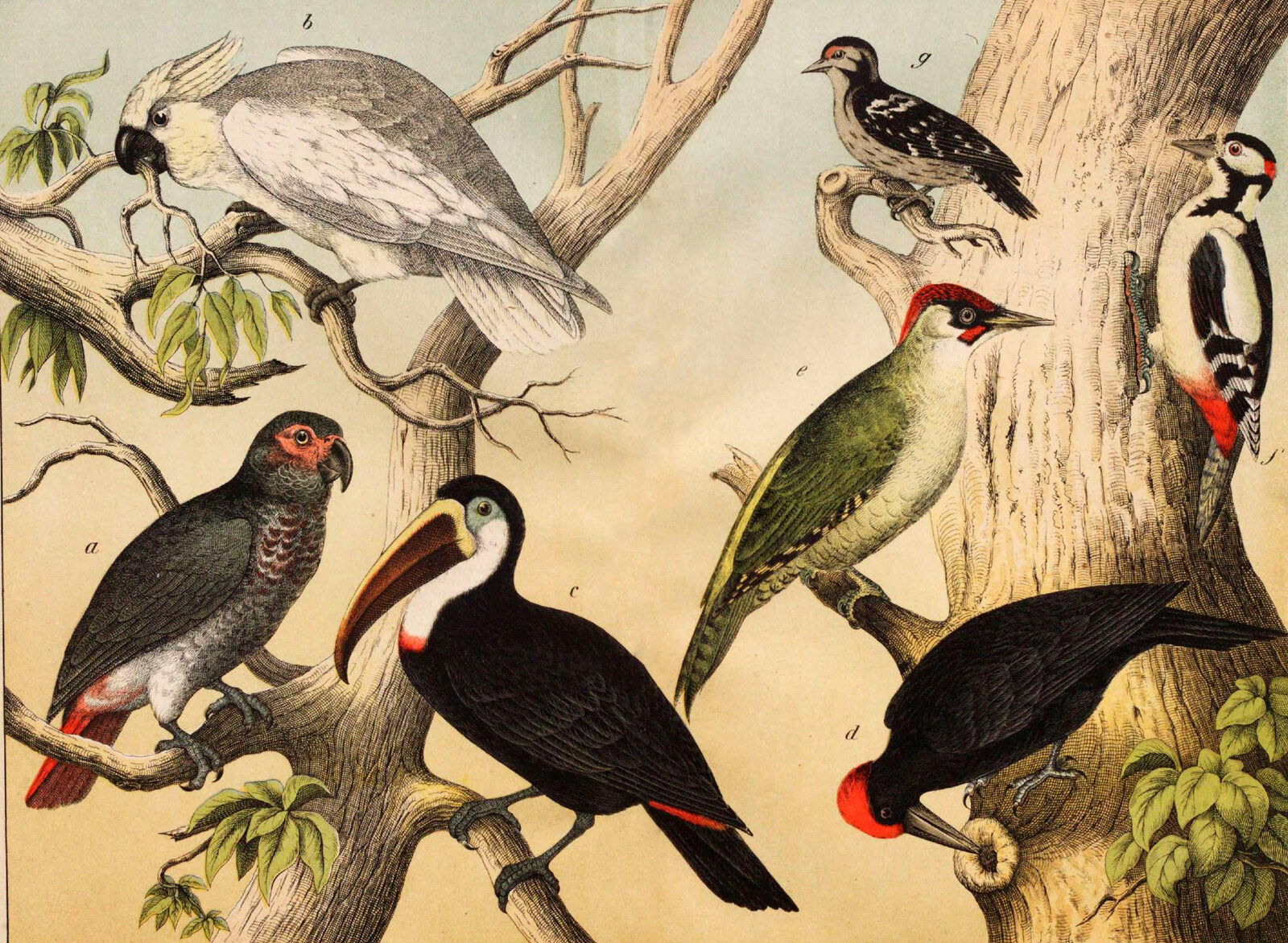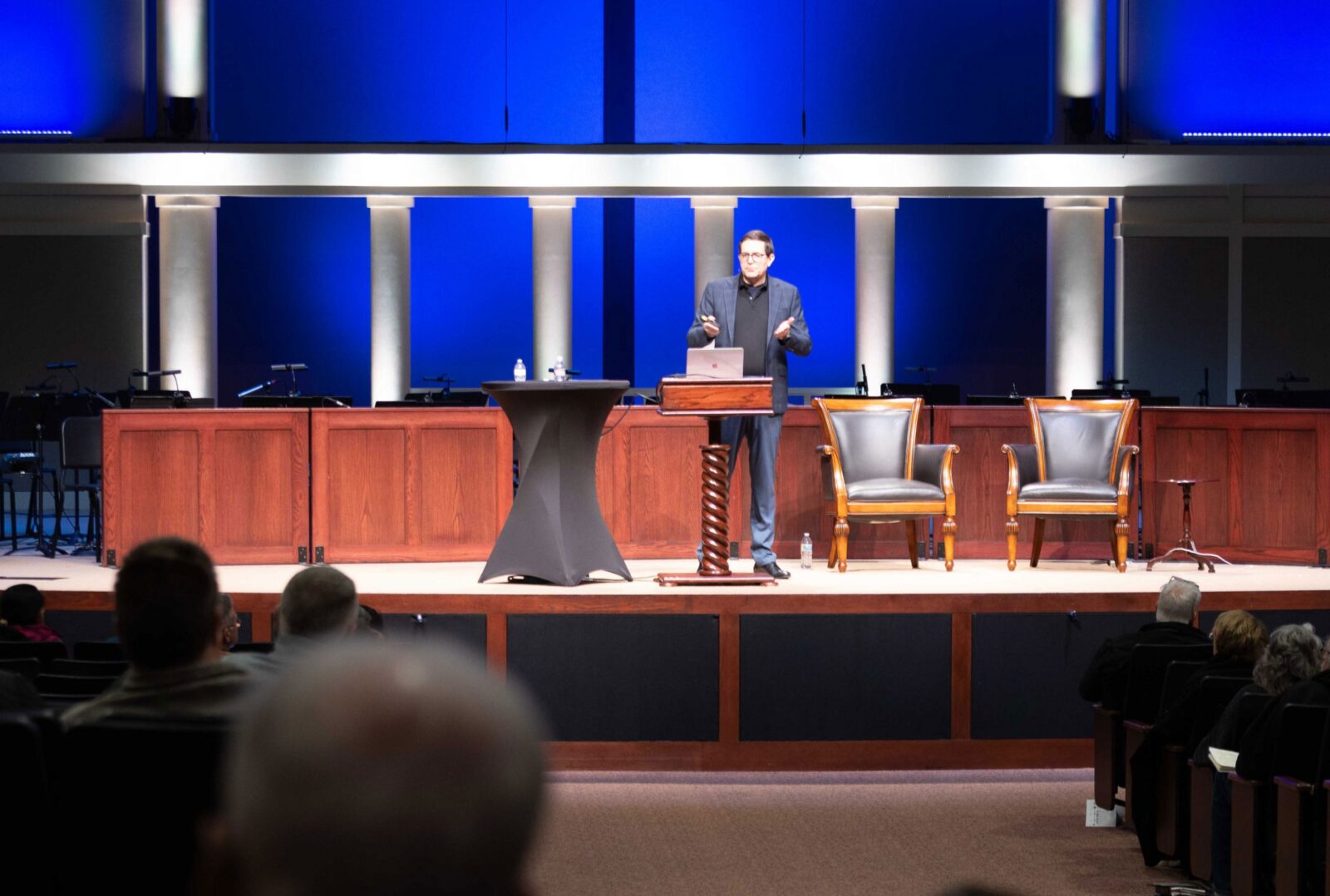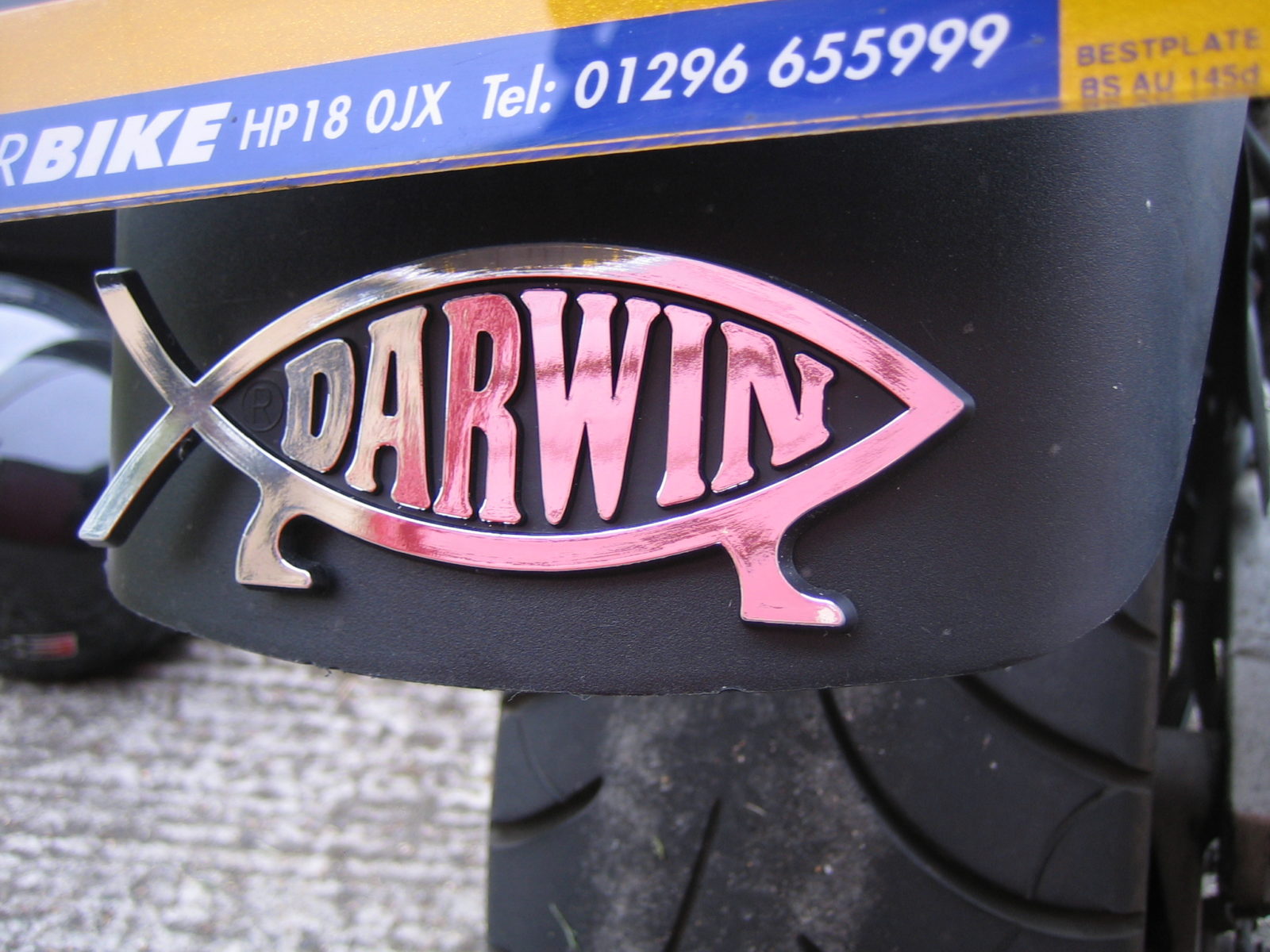


Brian Miller: The Surprising Relevance of Engineering in Biology

Design in a Naturalistic Culture

Casey Luskin and Adam Shapiro Debate Intelligent Design, Pt. 1

What Were Darwin’s Religious Views?
Figuring out what Charles Darwin’s religious views actually were is immensely difficult, and this for several reasons. First, they appear to have changed; second, he was loathe to offend religious people; third, he was not above appearing to be religious so that he could advance his theory of evolution; and fourth, he was disingenuous. The best place to begin is Read More ›

Designed for Living
Does God exist? You can answer that question in at least two ways, including, notably, “yes.” But how do you argue for that particular answer?
A new cottage industry among the religiously minded is the re-articulation of the so-called “cosmological argument” for the existence of God. Its proofs work backward. They start with visible creation and reason that it can only be the work of an uncreated First Cause. Such proofs were once compelling to educated people. Now the average college graduate can do without them. He doesn’t know exactly why this is so; he simply believes that Darwin and Stephen Hawking have somehow managed to explain creation without reference to a Creator.
Darwin and Hawking, of course, have done no such thing. Science can never answer the question: Why is there something rather than nothing? The universe is a massive fact that does not account for its existence and — some would say, following Goedel’s incompleteness theorems — cannot do so. This does not stop certain astrophysicists from trying to generate whole universes from mathematical equations. But a mathematical model does not tell us why there is a universe to describe in the first place.
If we cannot so easily dismiss the brute fact of the universe, neither can we ignore its appearance of having been designed. As one staunchly atheistic 20th-century astronomer put it: “A common sense interpretation of the data suggests that a superintellect has monkeyed with physics, as well as with chemistry and biology.” How do you get around such a “common sense” interpretation? Darwin supplied the answer: Any “design” in nature is only apparent, the work of blind mechanisms. All you need to produce the bombardier beetle, for example, is random variations directed by natural selection — and a lot of time.
Read More ›Teleology & Science
As a product of the government schools and universities, I was always under the impression that the argument about design began with William Paley and ended with Charles Darwin. In fact, in keeping with my indoctrination about the warfare between science and religion, I was under the impression that design was strictly a religious issue and objective science, ala Darwin, Read More ›

The End of Materialist Science
Simply the thing you are shall make you live. Old Spanish Proverb For the moment, we are all waiting for the gate of time to open. The heroic era of scientific exploration appears at an end, the large aching questions settled. An official ideology is everywhere in evidence and everywhere resisted. From the place where space and time are curved Read More ›